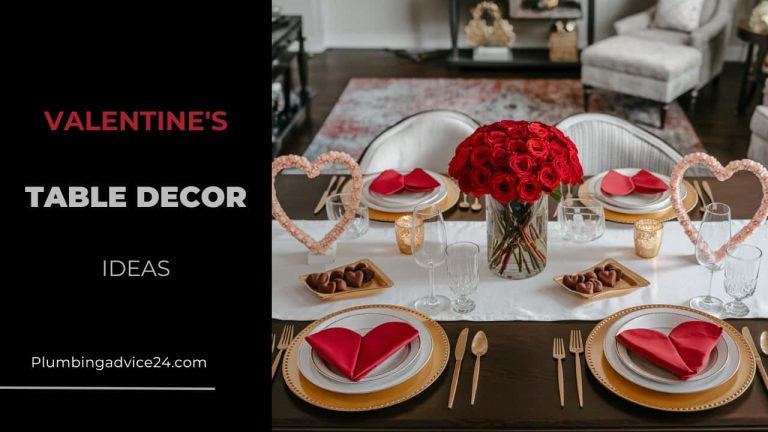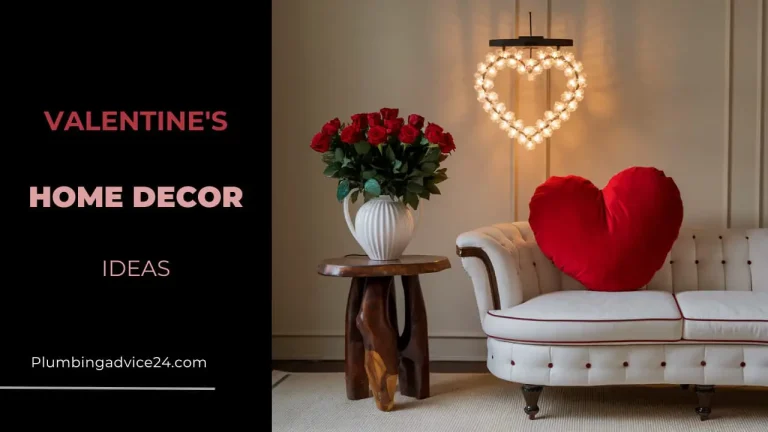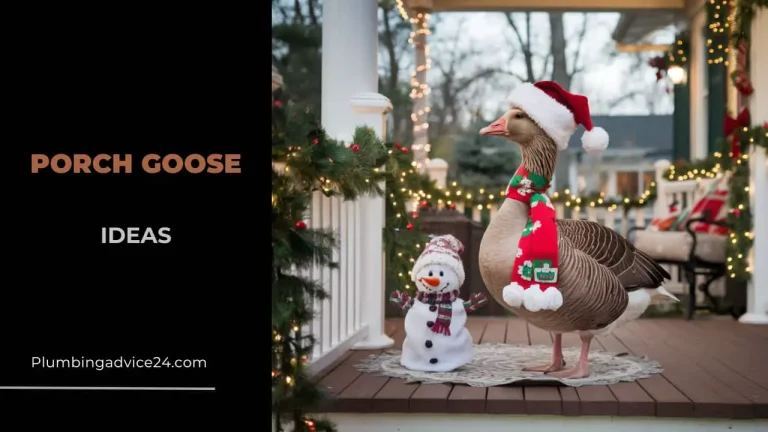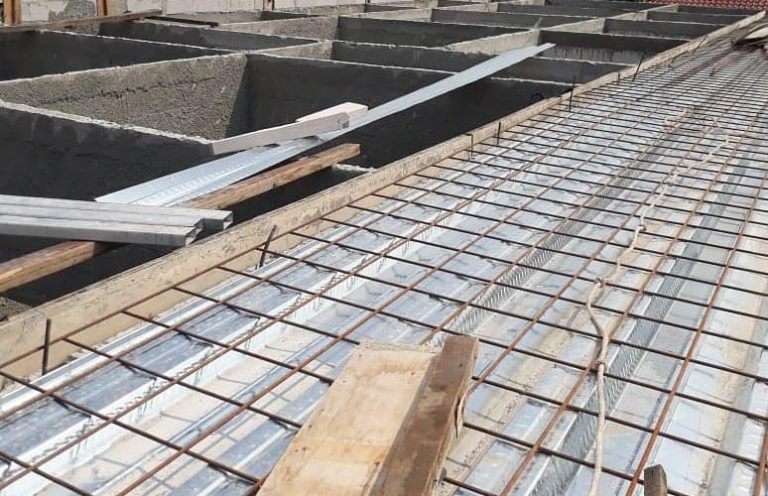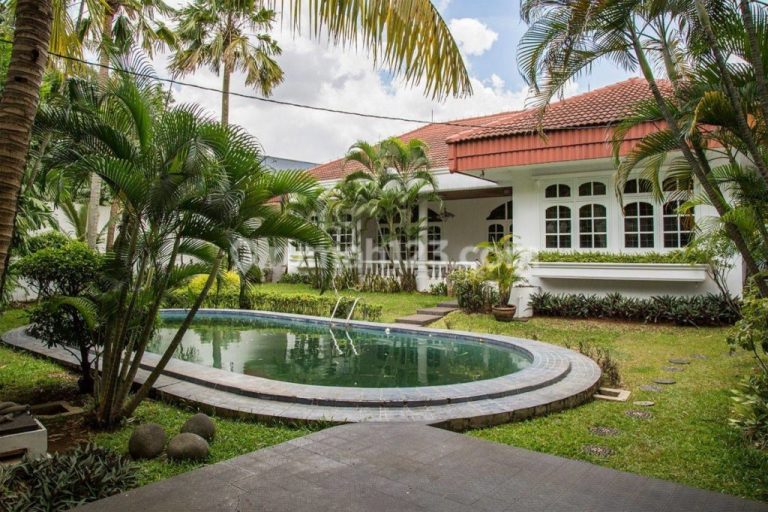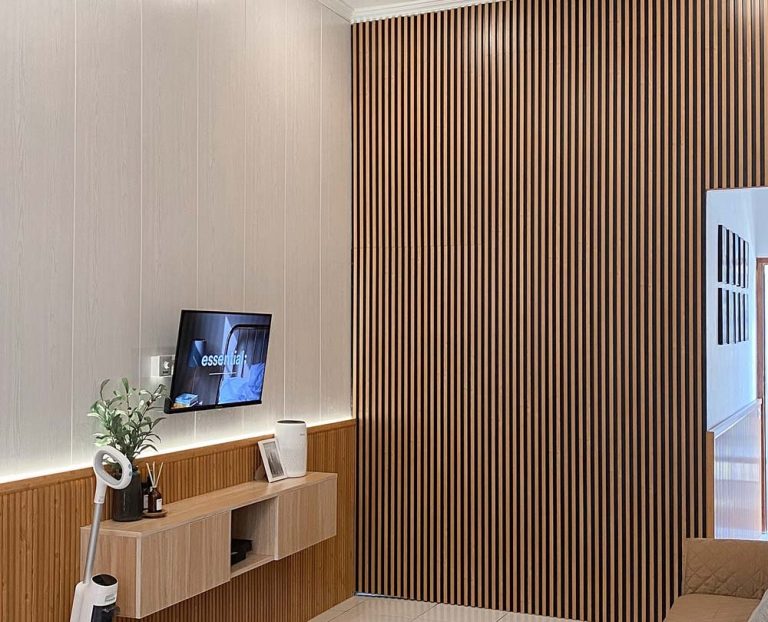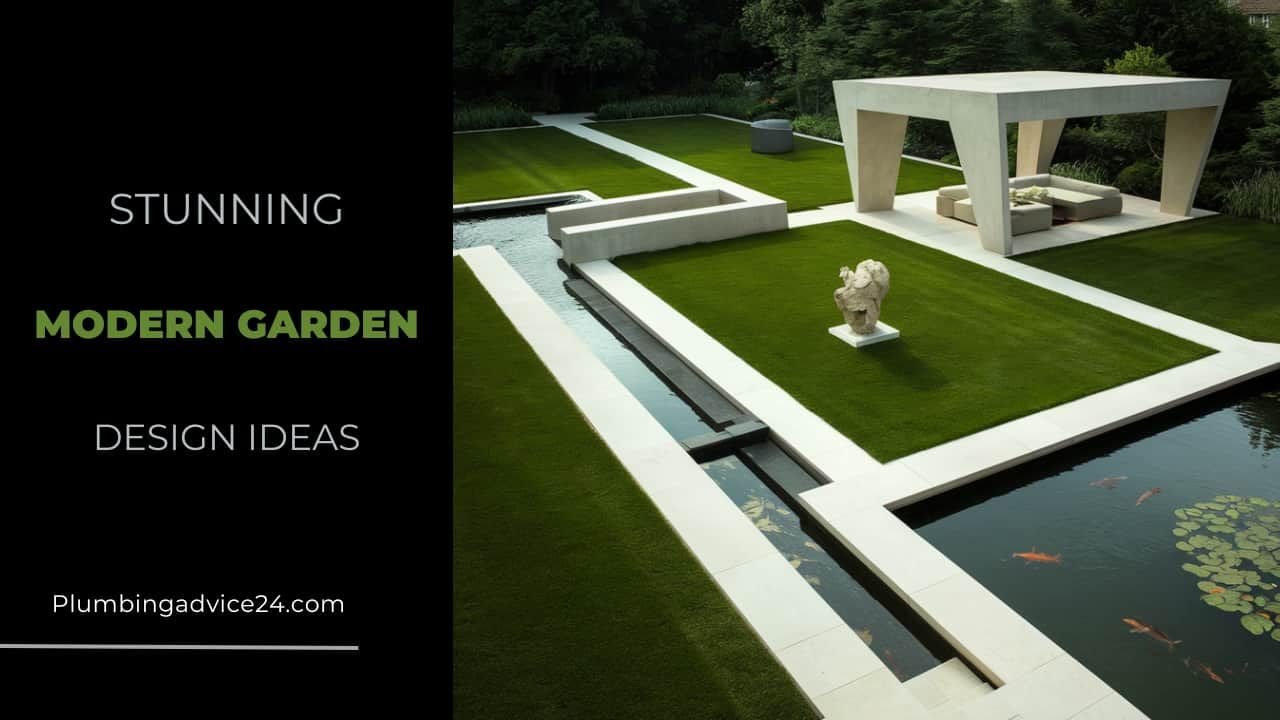
In today’s fast-paced world, our gardens are becoming sanctuaries where we can unwind and connect with nature. Embracing modern garden design ideas allows you to create functional, beautiful, and sustainable outdoor spaces that reflect contemporary aesthetics.
Whether you’re looking to revamp a small backyard or transform a sprawling landscape, modern garden design ideas can help you achieve a stylish and serene retreat.
By focusing on simplicity, sustainability, and innovative features, you can turn your outdoor area into a modern haven that offers both beauty and tranquility.
Best Modern Garden Design Ideas for Your Outdoor Space
Discover innovative approaches to transform your outdoor space with modern garden design ideas.
From minimalist layouts to sustainable practices, these ideas will elevate your garden into a stylish and serene retreat.
Here are some modern garden design ideas to inspire your next outdoor project:
1. Minimalist Approach:
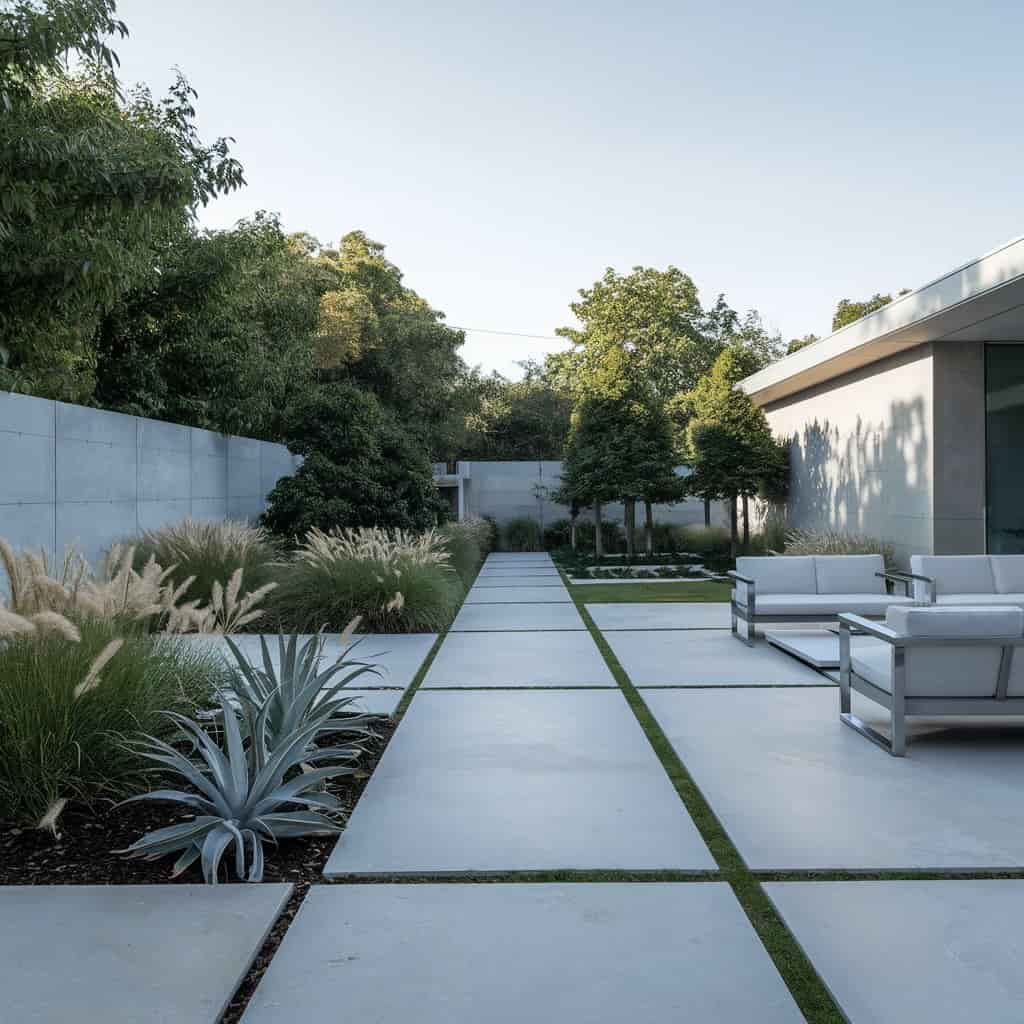
Embracing a minimalist approach in garden design means focusing on simplicity and functionality with a clean aesthetic.
This style involves using a limited color palette and simple, structured designs that emphasize space rather than clutter.
In minimalist gardens, less is definitely more. Landscapes are often designed with large, uniform paving stones and clear, defined lines.
Plants are chosen for their form and texture, rather than color diversity, featuring species that offer structural beauty like ornamental grasses or sculptural succulents.
Furniture and accessories are chosen for their practicality and clean lines, often in materials like stainless steel or fine hardwoods, which weather beautifully while maintaining a modern look.
This uncluttered approach not only highlights the beauty of each element but also creates a tranquil retreat from the busy world outside.
2. Use of Geometry:


Modern gardens often feature strong geometric shapes, which can create a sense of order and neatness.
This can involve designing pathways, flower beds, and even the overall layout of the garden in shapes like rectangles, triangles, and circles.
Geometric precision is key, with each element carefully planned and aligned to achieve visual balance and symmetry.
This might mean aligning a rectangular reflective pool with the straight lines of a terrace or arranging circular planters along a curved path.
The repetition of geometric forms not only strengthens the cohesion of the design but also makes a striking visual statement that complements the minimalist nature of modern style.
3. Neutral Palette with Bold Accents:
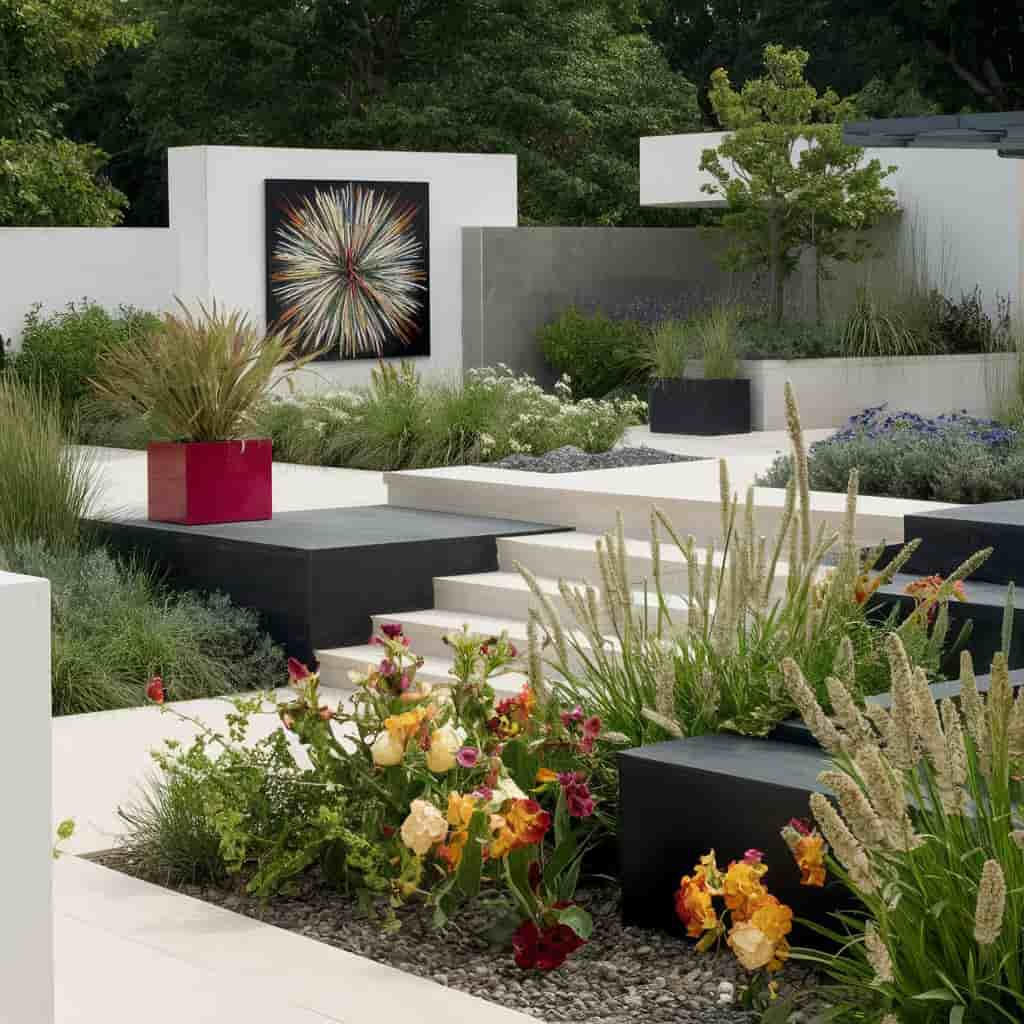

A neutral color palette forms the foundation of many modern garden designs, featuring shades of white, grey, black, and earth tones.
These colors tend to make the space feel larger and more open, serving as a calm backdrop that makes the greens of the plants stand out.
Bold accents, on the other hand, are used sparingly but decisively to inject personality and focus into the garden.
This could be in the form of a vibrant outdoor artwork, brightly colored planters, or a cluster of exotic flowers.
These accents are often mobile, allowing for easy adjustments to refresh the garden’s look or adapt to changing seasons without extensive redesign or investment.
4. Incorporate Technology:
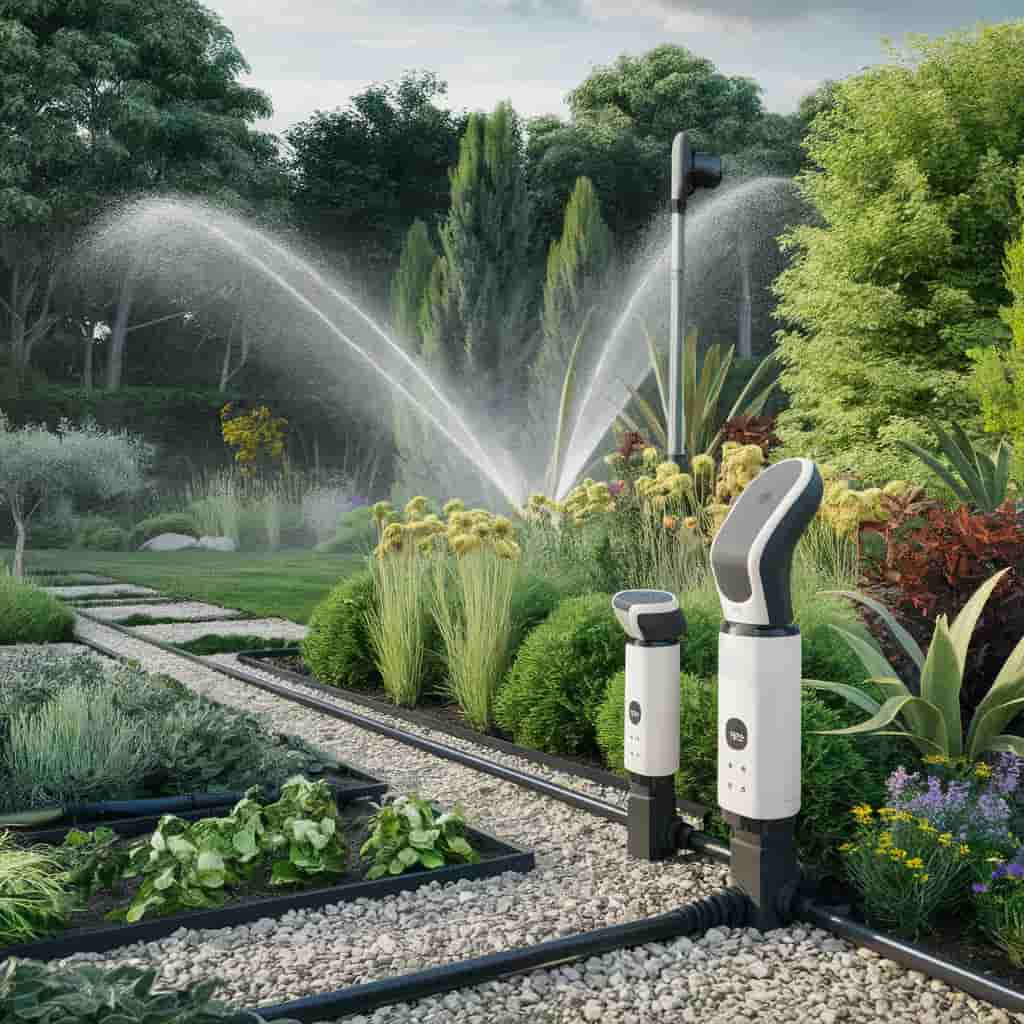

Modern gardens seamlessly integrate technology to enhance both aesthetics and functionality.
This includes sophisticated systems like automated irrigation, which ensures plants receive the precise amount of water at the right times, significantly improving efficiency and ease of garden maintenance.
Lighting technology is also integral, with LED installations that can change color and brightness to set different moods or highlight architectural features and plantings.
Some gardens might even incorporate environmental sensors that monitor conditions such as humidity, sunlight, and temperature, feeding data back to a smartphone app to help optimize plant care and garden health.
5. Sustainable Features:
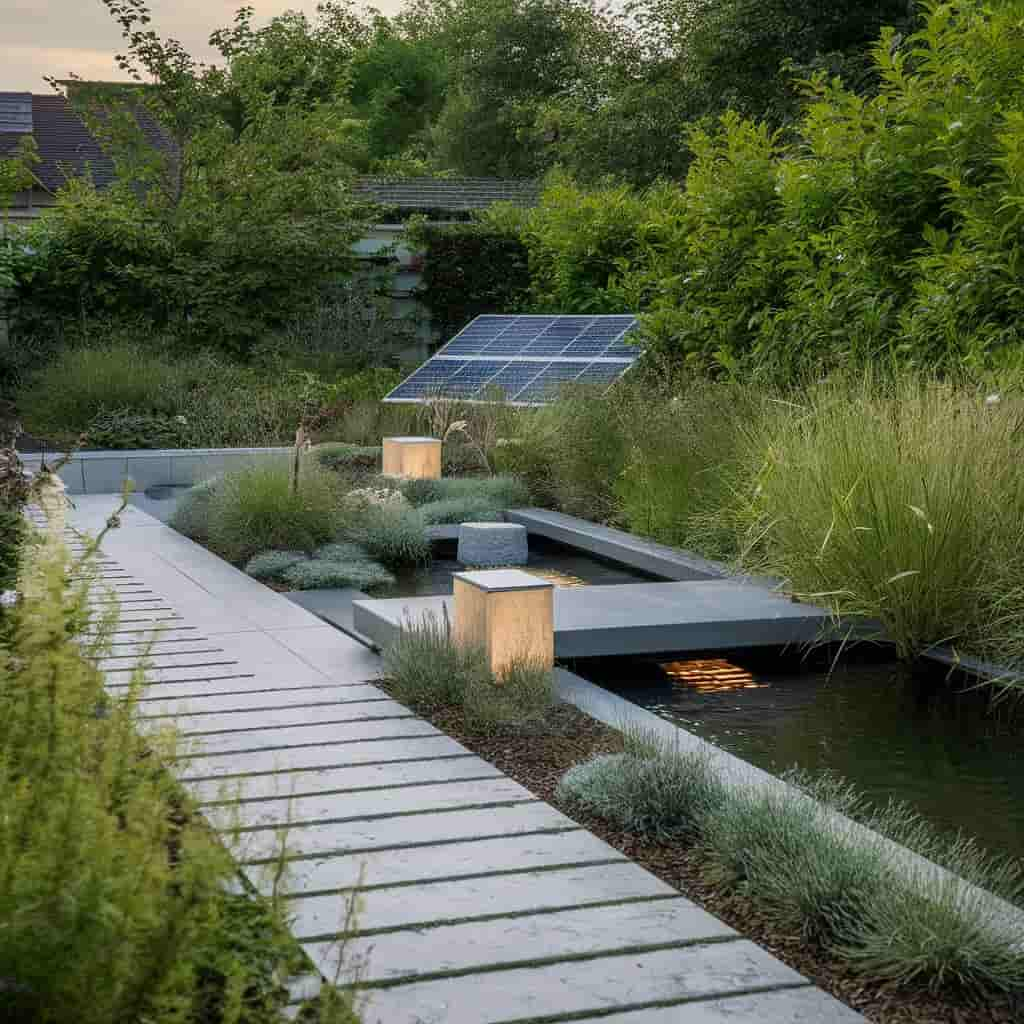

Sustainability is increasingly crucial in modern garden design. This ethos is reflected in the choice of materials and practices that reduce environmental impact and promote ecosystem health.
Using permeable paving helps manage rainwater sustainably, while opting for native plant species reduces water usage and provides habitat for local wildlife.
Incorporating renewable energy sources, like solar-powered lighting and water features, reduces reliance on non-renewable power.
Composting bins and rainwater collection systems are also popular features, turning waste into resources and further lowering the garden’s ecological footprint.
These sustainable practices not only ensure that the garden is environmentally responsible but also create a space that is inherently connected to its local environment and climate.
6. Outdoor Living Areas:
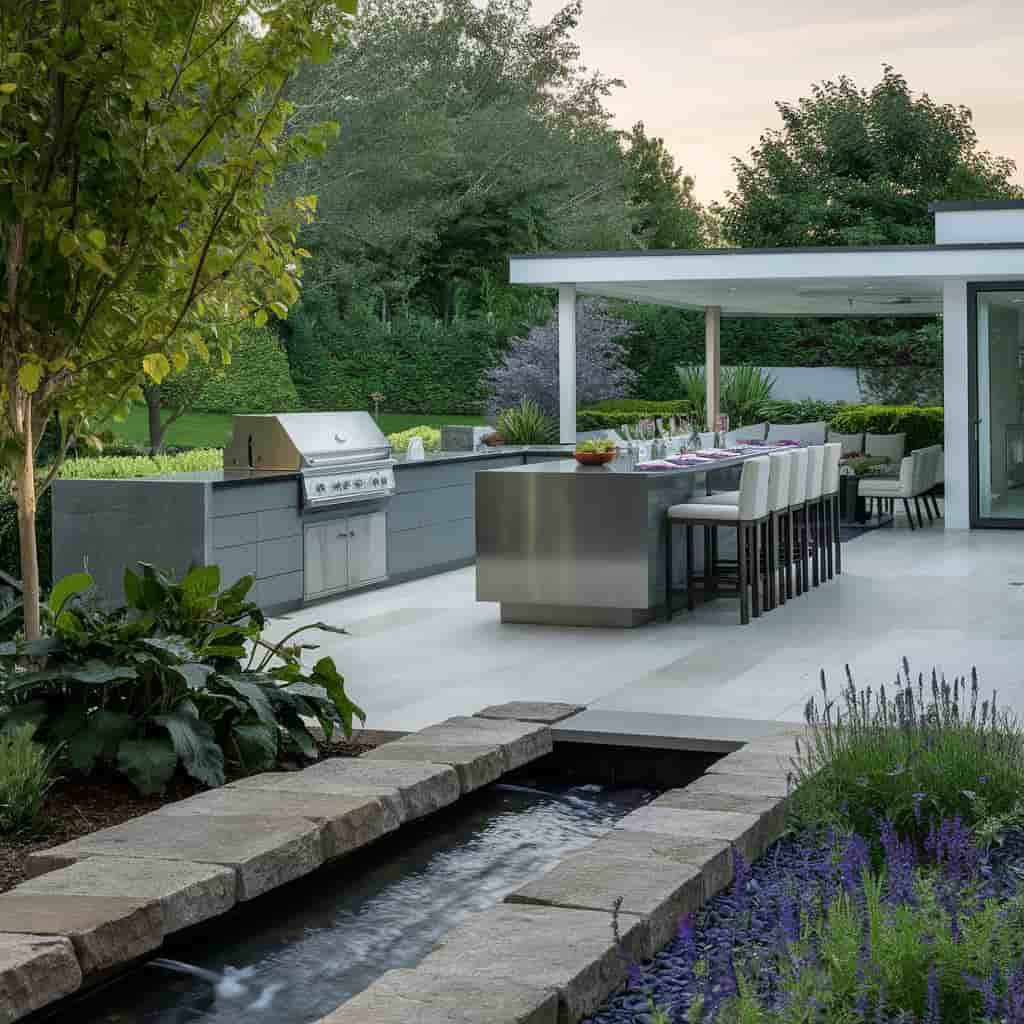

Modern gardens often emphasize outdoor living spaces that function as extensions of the indoor living environment.
This can include areas for dining, lounging, and entertaining that are equipped with comfortable, weather-resistant furniture and amenities like outdoor kitchens or barbeque stations.
The design of these areas typically follows the same clean, minimalist aesthetic as the rest of the garden, incorporating materials like natural wood, stone, and metal.
Strategic placement of these areas ensures they take advantage of natural views and lighting, while privacy screens or plantings keep them secluded and intimate.
These spaces not only add functional value to the garden but also enhance the overall living experience by providing a seamless transition between indoor and outdoor environments.
7. Water Features:


Water features in a modern garden are more than just decorative; they add a dynamic and soothing element to the landscape.
Options can range from minimalist reflection pools and sleek, wall-mounted waterfalls to more intricate fountains.
These features are often designed to complement the geometric lines of the garden, with water acting as a mirror to reflect the surrounding architecture and plantings.
The sound of water can also help mask city noises, creating a tranquil retreat.
Materials like polished concrete, smooth stones, or stainless steel are commonly used, enhancing the contemporary look while ensuring durability and ease of maintenance.
8. Artistic Elements:
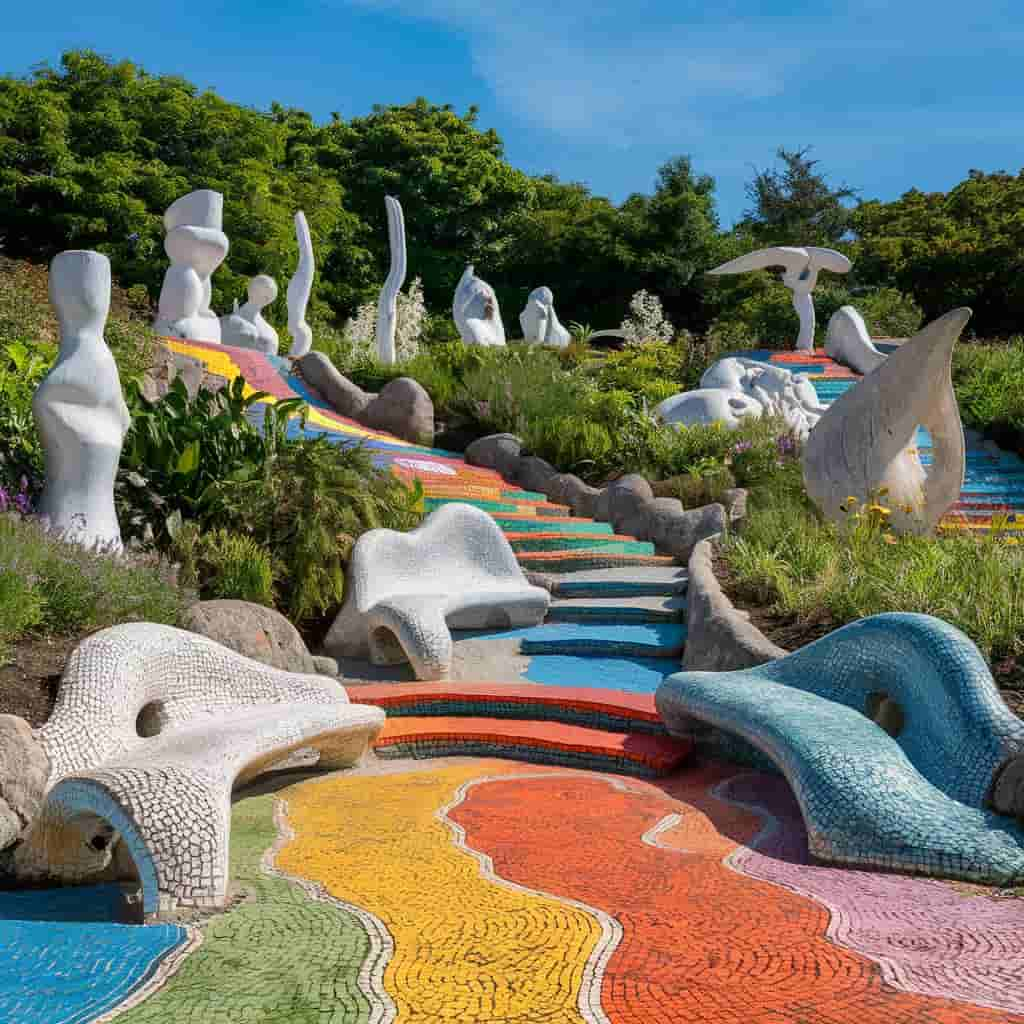

Art in a modern garden serves as a focal point and conversation starter, bridging the gap between nature and human creativity.
Sculptures made from metals like bronze, stainless steel, or weathered steel (Corten) are popular for their durability and how they interact with the changing light and seasons.
These pieces are typically placed where they can be viewed from multiple angles, often standing in contrast to the soft, organic forms of plant life.
Artistic elements can also include functional pieces like artistically designed benches or colorful mosaic pathways, infusing the space with personal expression and visual interest.
9. Lighting:
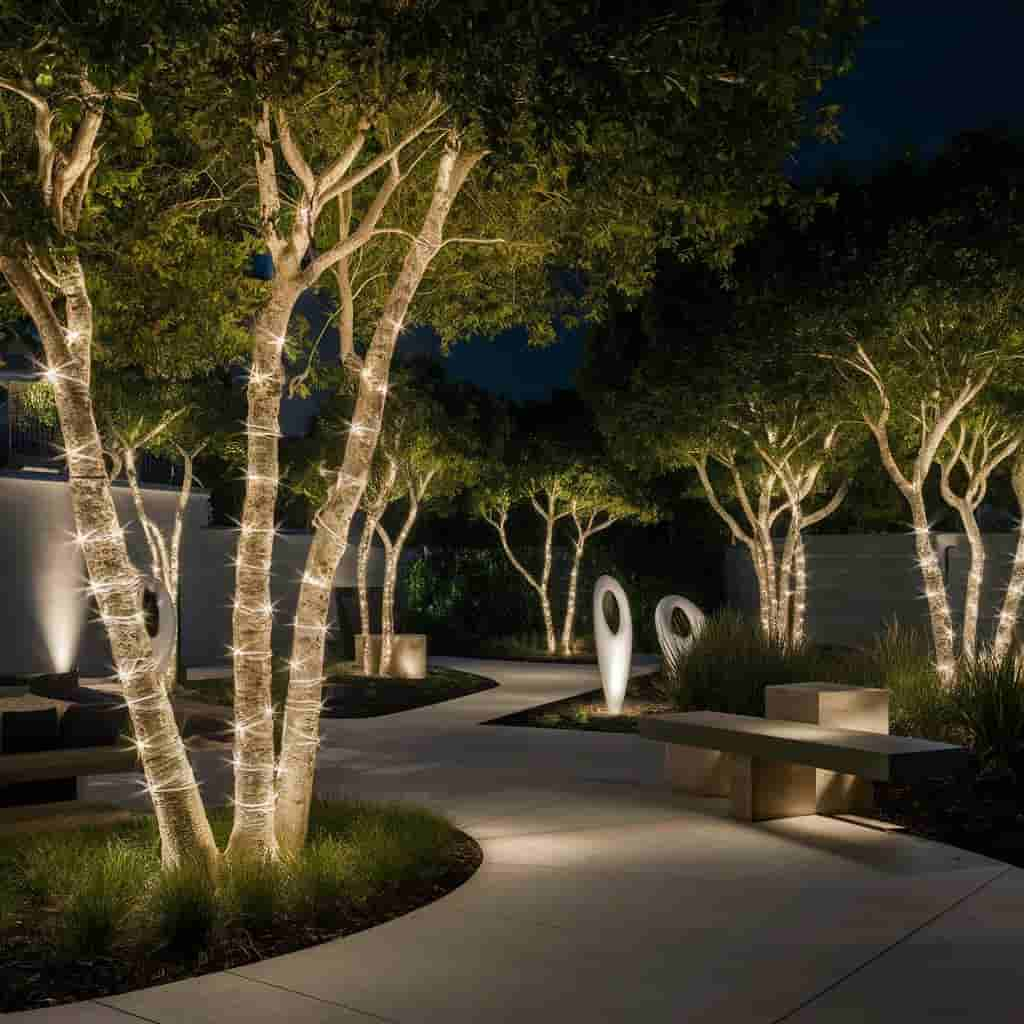

Modern garden lighting is integral to the design, both for aesthetics and functionality.
LED lights are favored for their long life and energy efficiency, used in spots to highlight trees, architectural features, or sculptures, and along pathways for safety.
Lighting can be designed to create an atmosphere, with options for adjustable intensities and colors to match different moods or occasions.
Smart lighting systems that can be controlled via smartphone apps are increasingly popular, allowing homeowners to change lighting settings remotely, enhancing both the usability and security of outdoor spaces at night.
10. Vertical Gardening:
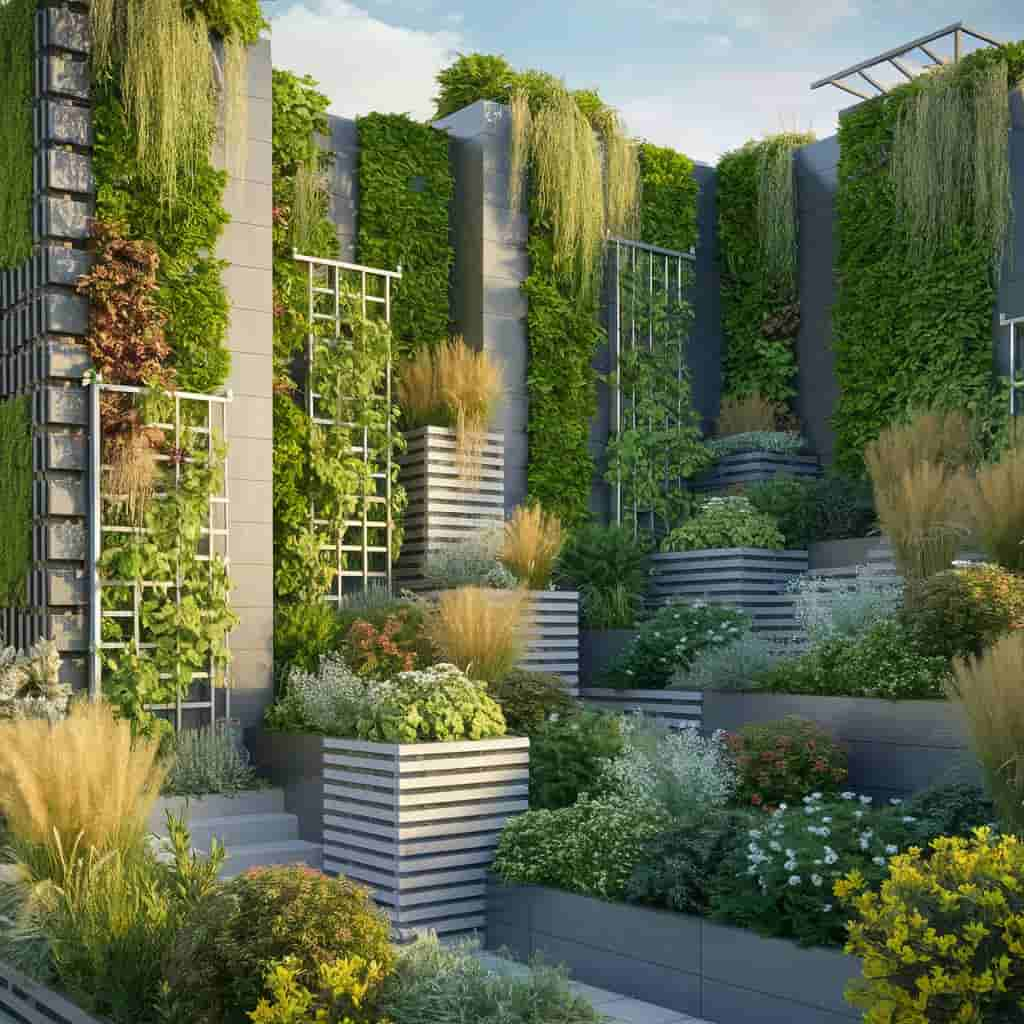

Vertical gardening is a creative solution for adding lush greenery to modern gardens, especially in smaller urban spaces.
This approach uses vertical surfaces to grow plants, either on trellises, green walls, or in stacked planters.
It maximizes the gardening area without expanding the footprint, adding a vibrant backdrop or privacy screen.
In addition to aesthetic appeal, vertical gardens can also improve air quality and reduce heat.
They can be designed to include a mixture of edible plants, ornamental grasses, and small shrubs, providing both beauty and utility.
The use of self-watering systems or drip irrigation can make the maintenance of vertical gardens more manageable, ensuring each plant receives the right amount of water.
Useful Articles:-
Conclusion:-
Modern garden design is about blending aesthetics with functionality and sustainability. By incorporating these ideas, you can create a garden that is not only beautiful but also a reflection of your lifestyle and values. Experiment with different elements, find what resonates with you, and start planning your modern garden today. Your outdoor space can become a haven of tranquility and style, offering a perfect escape from the hustle and bustle of everyday life.
Get the best products from Amazon


